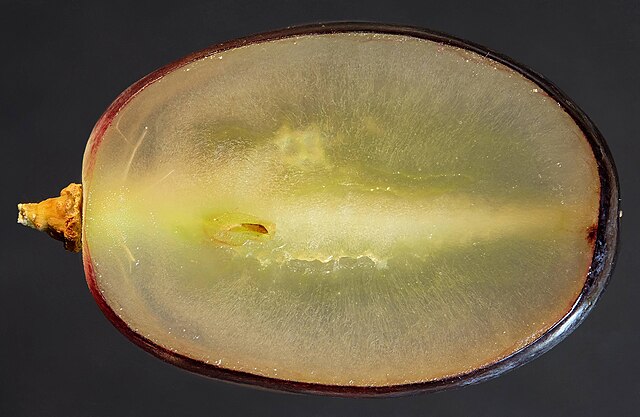South Africa’s table grape data for week 1, 2024 shows some 11% rise in inspected volumes and a 4% decrease in exports. At the heart of these figures are the South African Table Grape Industry (SATI) and the Perishable Products Export Control Board (PPECB). Both entities gun for “world class export standards.” Since 1926, PPECB has been insuring the competitiveness of local table grapes on the world stage. SATI, on its part, has been serving as a capable grower association for South African table grape producers. One of their hallmark publications is the SATI weekly newsletter that offers candid figures on South Africa’s table grape inspections and exports.
To explore this export-inspection interplay, Selina Wamucii conversed with Mecia Petersen, Market Development & Communications Manager at SATI.
Exports vs. Inspections
On the possible correlation between increment in table grape inspections and export volume, Mecia Petersen had this to say:
“No, weekly data does not necessarily reflect a direct correlation between inspection and export figures. Inspected volumes refer to volumes approved for export by the PPECB and exported volumes refer to those confirmed as departed from the port.”
“A time delay can exist between the two,” Petersen expands, “due to various factors such as the product being in stock, in transit or on vessels waiting to sail.”
This brings to mind a report from week 52, 2023, which showed a 6% rise in exports. Vis-á-vis inspections of week 1, 2024, Petersen explains:
“The data you refer to was reported in week 52. Latest data from week 1 indicates an 11% increase in volumes inspected (26,9 million 4.5 kg cartons) and a 4% decrease in volumes exported (14,2 million 4.5 kg cartons). A difference/lag between inspected and export values during the season is normal. ”
More so, during table grape season, SATI releases a bi-weekly trade newsletter with the latest figures. Readers can follow on the SATI website for the most current information.
One such piece of information is the number of inspected table grape cartons, which SATI reports on a weekly basis.
“Figures are reported on a weekly basis,” says Petersen.
Importance of Table Grape Inspection
And why has it become paramount to inspect table grapes in South Africa?
The Market Development & Communications Manager readily replies that it is all about maintaining world-class export standards:
“The Perishable Products Export Control Board (PPECB) is an independent service provider of quality certification and cold chain management services for producers and exporters of perishable food products. The national public entity has been in operation since 1926, and inspection of agricultural products before export (including table grapes) is therefore not new.
“South African table grapes are held in high regard by markets around the works for their quality and taste. The inspection process forms part of our commitment to maintaining world-class export standards.”
Regarding SATI’s main role in South Africa’s table grape sector, Mecia Peterson says theirs is not inspecting but growing grapes.
“SATI is a grower association for South African table grape producers. Our government issued mandate requires us to utilise producer’s levies to deliver services beneficial to the industry, ranging from market access to research & information provision. SATI does not inspect grapes, this is not part of our mandate. As explained above, this is the responsibility of the PPECB. Read more about SATI’s mandate on the ‘about’ section of our website.”
Cape Town Terminal
The penultimate question regards the Cape Town terminal’s operations with regard to grape exports.
“The Port of Cape Town has not closed in the past.” Cautions Petersen. “Operations may have been halted on specific days due to strong winds, fog and rain, however it is factually incorrect to state that the Port of Cape Town has closed at any point.
“The Port of Cape Town remains open and consists of the Cape Town Container Terminal (CTCT), which operates three berths with 9 ship-to-shore cranes and 20 rubber tyre gantrys, and the Cape Town Multipurpose Terminal (CTMPT), currently running a two-berth operation. Industry continues to work closely with Transnet and government representatives to provide data required for planning purposes, as we approach the peak of the table grape export season.”
SATI & South Africa’s Table Grape Industry’s Future
Finally, where will the century-old table grape industry in South Africa in the next five years?
“One of SATI’s key priorities remains maintaining South Africa’s market share and position as a preferred supplier in the United Kingdom and Europe. In addition to servicing our traditional markets, SATI has prioritised increasing SA’s market share in Eastern markets, which includes China and South-East Asian countries, and North America which includes the USA and Canada.
“Producers remain focused on quality, both on-farm and throughout the cold chain process, and cultivar consolidation has ensured that growers remain aligned with global consumer market trends.”
Mecia Petersen closes with that global perspective.
